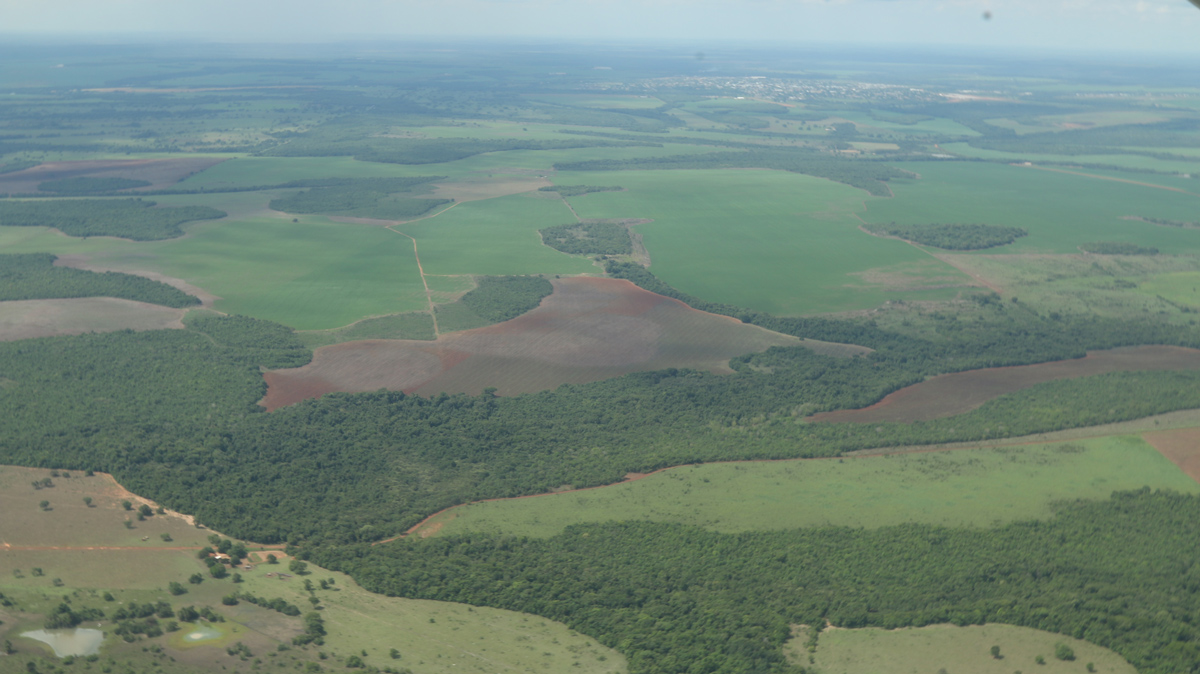
An aerial photo of a reforestation project developed by ISA and partners in Xingu. Conservation International photo by Inaê Brandão.
A first-of-its-kind study published today in Nature Climate Change sheds new light on reforestation, the restoration of tree cover to deforested areas, and its untapped potential as a powerful and responsive climate strategy.
The analysis, which was co-authored by researchers from Conservation International and UC Berkeley, found that well-planned reforestation projects have up to 10 times more low-cost carbon removal potential than previous estimates from the Intergovernmental Panel on Climate Change (IPCC) have indicated. The study is the first to calculate the cost-per-ton of reforestation based on actual data from projects in low- and middle-income countries and is particularly significant as world leaders attempt to meet the targets outlined in the Paris Agreement.
Reforestation often entails planting new, single-species trees to refill land that was previously deforested. The authors, however, found that in 46% of forests, natural regeneration—where the land is allowed to regrow on its own—could sequester more carbon at a lower cost than conventional reforestation methods. Mixing reforestation methods could remove about 40% more carbon than using a single method alone, according to the findings.
“Between now and 2030, natural climate solutions, such as reforestation, represent the most feasible and cost-effective way to reach gigatons of carbon removal the IPCC has identified as needed to reach Paris Targets,” said professor and S.J. Hall Chair in Forest Economics Matthew Potts, who also serves as chief science officer for Carbon Direct. “By providing actionable guidance on where and how to reforest, we hope our work will spur public and private actors to increase the speed and scale of this critical climate solution.”
Read the full news release on the Conservation International website, and access the full study at Nature Climate Change.
